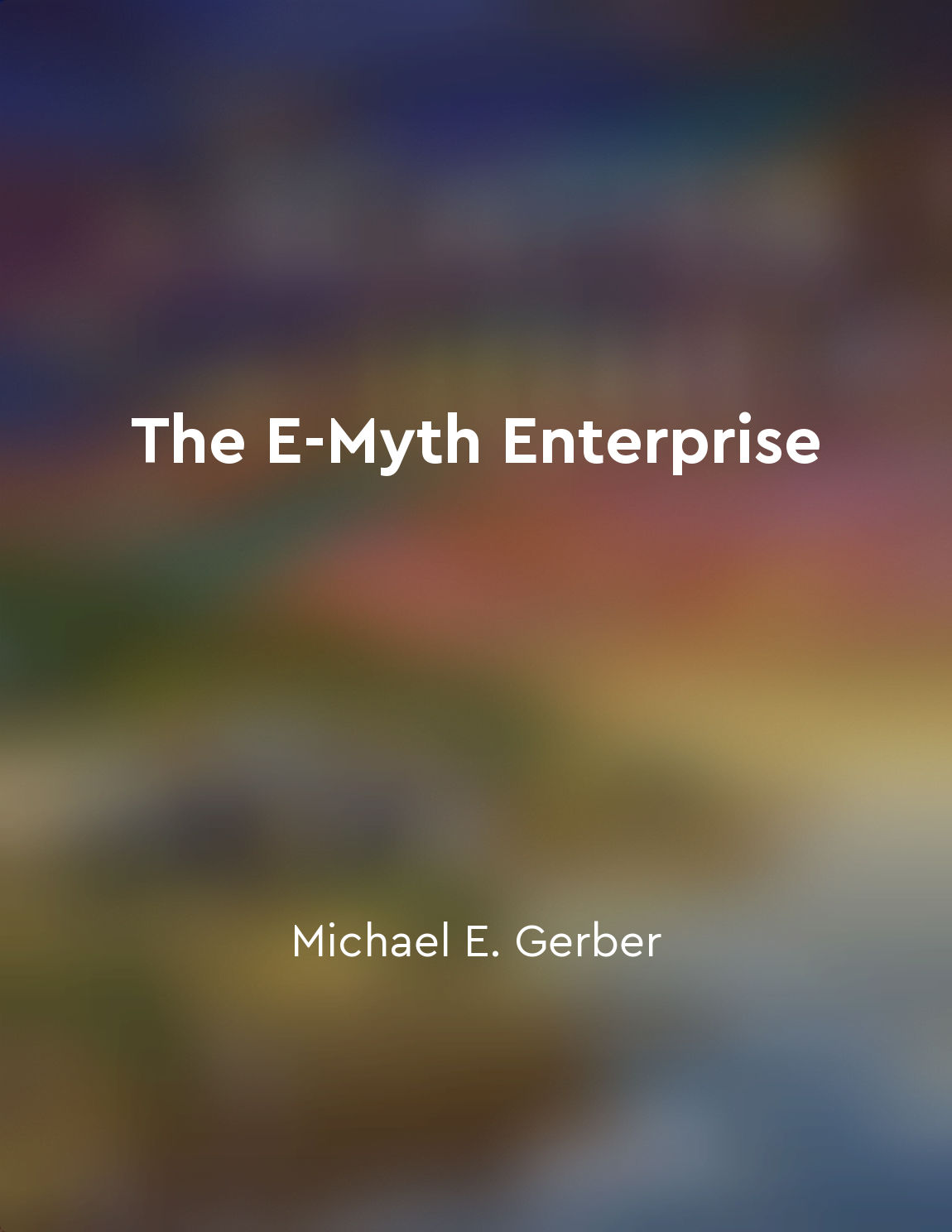Use precise language when giving directions from "summary" of Teach Like a Champion by Doug Lemov
When providing directions to students, it is essential to be clear and specific in your language. Vague or ambiguous instructions can lead to confusion and misunderstandings, resulting in wasted time and lost opportunities for learning. By using precise language, you can ensure that students know exactly what is expected of them and how to successfully complete a task. One way to use precise language when giving directions is to break down complex tasks into smaller, more manageable steps. This helps students focus on one task at a time and prevents them from feeling overwhelmed. For example, instead of saying, "Write an essay on the causes of the Civil War," you could break it down into smaller steps such as, "First, brainstorm a list of possible causes. Then, choose three causes to focus on. Finally, write a paragraph on each cause, using evidence to support your ideas." Additionally, using precise language means being explicit about the actions that students need to take. Instead of saying, "Work on your project," you could say, "Take out your materials, review the project guidelines, and begin brainstorming ideas." This level of detail helps students understand exactly what they need to do and how to get started. Furthermore, when giving directions, it is important to avoid using vague terms or ambiguous language. Instead of saying, "Do your best," you could say, "Put forth your best effort by reviewing your notes, asking questions, and revising your work as needed." This gives students a clear understanding of what is expected of them and how to meet those expectations.- Using precise language when giving directions is essential for effective classroom management and student success. By breaking down tasks, being explicit about actions, and avoiding vague terms, you can ensure that students understand what is expected of them and how to successfully complete a task. This level of clarity and specificity helps create a positive and productive learning environment where students can thrive and reach their full potential.
Similar Posts
Active engagement in communication promotes collaboration
Engagement in communication is a key factor in promoting collaboration within the workplace. When individuals actively particip...
Ensure the exhibit is ageappropriate
When designing an educational exhibit, it is crucial to consider the age of the target audience. The content and presentation o...

Celebrate achievements and milestones along the way
In the course of building an enterprise, there is a tendency to focus solely on the end goal, the ultimate vision that we have ...
Happy employees are more likely to be engaged and productive
It is commonly understood in the business world that happy employees are more likely to be engaged and productive. When employe...
Participating in study groups
Study groups are a common strategy that can be very beneficial for TOEFL preparation. When you participate in study groups, you...
Explanations can be improved indefinitely
The idea that explanations can be improved indefinitely is a central tenet of the philosophy of science. It acknowledges that e...
Eye contact builds connections
Making eye contact with your audience is a powerful tool in establishing a connection with them. When you look directly into so...
Writing is a journey with no clear destination
Writing is like setting out on a road trip with no map, no GPS, and no final destination in mind. It is a journey into the unkn...
Appeal to emotions to create a lasting impact
The power of emotions in persuasion cannot be underestimated. When we appeal to people's emotions, we are able to create a last...
Embrace the beauty and richness of language
To truly appreciate the power of language, one must immerse oneself in its beauty and richness. Language is not just a tool for...

